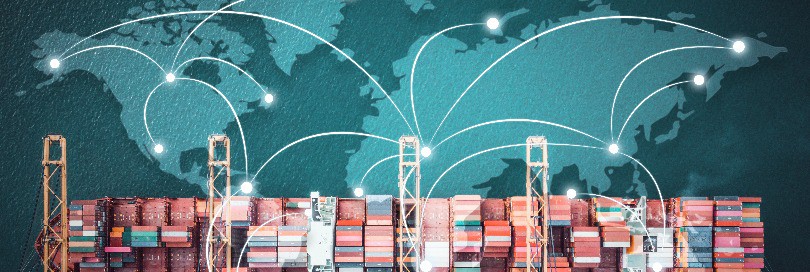- Тема: IT systems, databases
What is the purpose of the European Maritime Single Window environment (EMSWe)?
The European Maritime Single Window environment (EMSWe) aims to improve administrative procedures in maritime transport by introducing a single window for reporting formalities for ships to harmonise processes and data exchange with economic operators.
Why it is important to have this system?
Maritime transport is the backbone of trade and communications within and beyond the single market. For the facilitation of maritime transport, and in order to further reduce the administrative burden for shipping companies, the information procedures for fulfilment of reporting obligations imposed on shipping companies by Union legal acts, by international legal acts and by national law of Member States should be further simplified and harmonised and should be technology-neutral, promoting future-proof reporting solutions.
What is the legal background?
Regulation (EU) 2019/1239 of the European Parliament and of the Council of 20 June 2019 establishing a European Maritime Single Window environment and repealing Directive 2010/65/EU. According to this Regulation, the latest date for the system to be operational is no later than 15.08.2025.
In 2021, the EMSWe Multi-annual Implementation Plan (MIP) was adopted by the Commission and published in the Official Journal of the EU on 27 July 2021, with the scope to facilitate the timely implementation of the EMSWe and provide quality control and procedures for deploying, maintaining and updating the harmonised interface module and related harmonised elements of EMSWe.
What about Entry Summary Declaration – in which system will it be lodged?
Regulation (EU) No 952/2013 provides that goods which are brought into the customs territory of the Union must be covered by an entry summary declaration that must be submitted to the customs authorities electronically. EMSWe will not be used to submit these declarations; however, considering that some of the data elements submitted in the entry summary declaration are also required for the fulfilment of other customs and maritime reporting obligations when a ship calls in a port of the Union, the EMSWe should be able to process the data elements of the entry summary declaration.
How about the national Single Windows/Port Community Systems*?
The existing maritime National Single Window in each Member State should be maintained as the basis for a technologically neutral and interoperable EMSWe.
Learn more in the 2021 e-customs annual progress report prepared by the European Commission.
---------------------------
*You might be also interested to read articles ‘Port Community Systems & Customs (Part I)’ and ‘Port Community Systems & Customs (Part II)’ by Uwe Liebschner, CCRM Issue 14, April/May 2022
- Рынок: EU - European Union

Комментарии ()
Чтобы оставить комментарий, вам необходимо